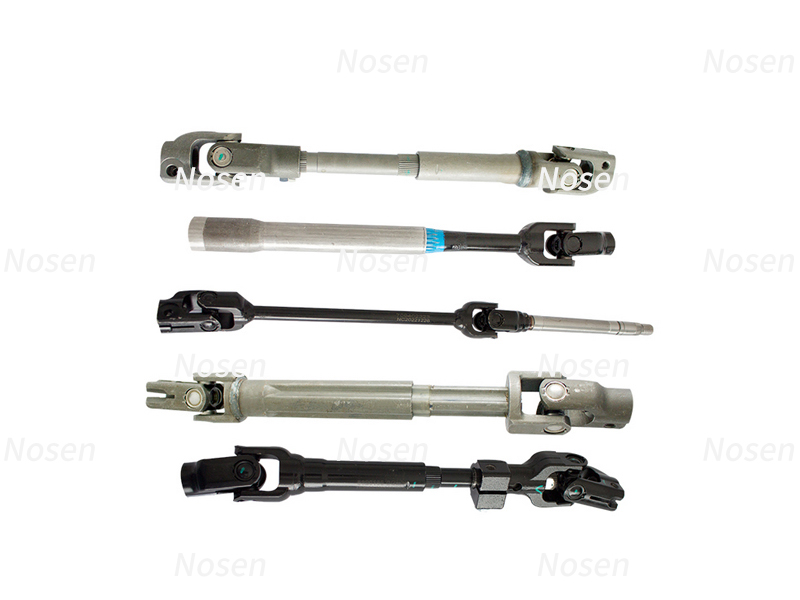What are the causes of steering shaft failure in electric vehicles?
2025/3/20
After an electric vehicle has been driven for a long time, it is necessary to regularly check the vehicle performance and maintenance, especially to check whether there is a steering shaft failure. The causes of steering shaft failure are generally the following:
Long-term wear and aging:
The mechanical parts of the steering shaft will wear out due to long-term use, such as the steering coupling, steering bearing, etc. Wear can cause abnormal feelings or noises when steering.
Lack of lubrication:
Insufficient lubrication inside the steering shaft or aging of the lubricating oil will increase friction, thereby accelerating the wear of parts and may eventually lead to failure of the steering shaft.
Shock or impact to the steering system:
The steering shaft of an electric vehicle may be damaged when it encounters a large impact, such as a traffic accident, uneven road surface or collision. This impact may cause the steering shaft to bend, crack or loosen the connecting parts.
Excessive steering force:
If the steering is over-steering or the steering wheel is twisted too much, it may also cause additional load on the steering shaft. Long-term excessive use will cause damage to the steering shaft and its accessories.
Steering system design defects:
If the steering system design of an electric vehicle is defective, it may cause the steering shaft to fail early during use. For example, unreasonable design may cause damage to bearings, connectors or other key components.
Electric power steering system failure:
Electric vehicles are usually equipped with electric power steering. If the electric power steering system fails, it may affect the normal operation of the steering shaft, causing excessive load or damage to the shaft.
Corrosion or rust:
For vehicles driven in humid or salt spray environments, the steering shaft and its components may fail due to corrosion or rust. Corrosion can reduce the strength of the steering shaft, leading to mechanical failure.
Improper installation or maintenance:
If there is an error in the installation process of the steering shaft, or if inappropriate parts are used during maintenance, it may also cause the steering shaft to fail. An overtight or loose connection may cause the steering shaft to work abnormally.
Electric power steering motor problem:
A failure in the motor in the electric power steering system may cause the steering shaft to not work properly, resulting in heavy or uneven steering.
If you suspect that the steering shaft of an electric vehicle is faulty, you must send the vehicle to a professional repair station for inspection and repair as soon as possible to ensure driving safety.
Nosen All rights reserved Anhui ICP for 2024061332 disclaimer

